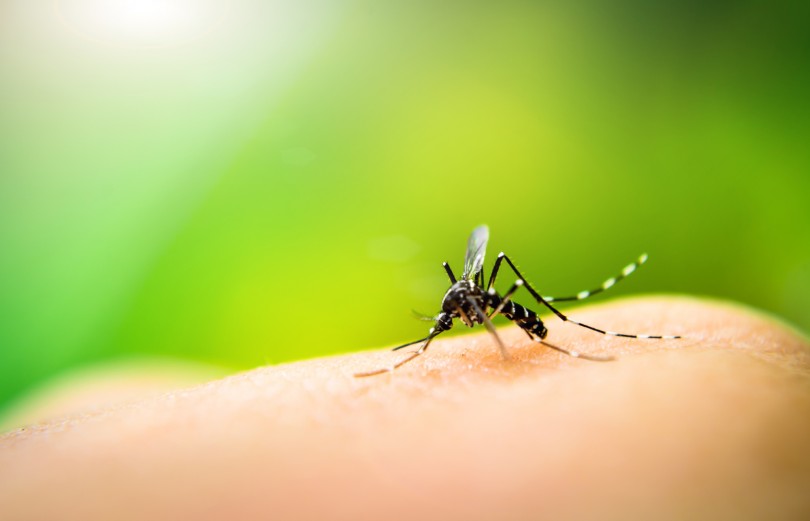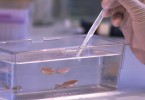10 min reading
If someone asked you ‘What’s the world’s deadliest animal?’ what would your answer be?
A spider? A shark? A snake? A crocodile?
Well… the answer is probably not what you’d expect: it is the Mosquito! Yes, the mosquito is the deadliest animal on Earth!
This infographic from Bill Gates’ blog nicely illustrates the numbers. Mosquitoes are responsible for 830,000 human deaths on average per year. The second on the list are humans themselves (580,000), followed by snakes (60,000). The much feared shark claims just 6 lives per year!
But how can mosquitoes be ranked #1?
This time you probably have the answer: because mosquitoes are the ones responsible for the spread of global, life-threatening conditions like Zika, Dengue, Yellow Fever or Malaria; the aptly named Mosquito-Borne Diseases. The mosquitoes are the vectors for these diseases – while bloodsucking, they can ingest the disease-producing microorganisms and transfer them to another host, transmitting the disease between humans or from animals to humans.
Malaria is undoubtedly the deadliest of all, causing more than half of mosquito-related deaths, mostly in sub-Saharan Africa. Since 2000, more than 663 million cases were averted in this part of the globe.
But there’s good news! The 2016 World Malaria Report showed that the rate of new malaria cases declined globally by 41% and that the global malaria death rate fell by 62%. In translation, this means 6.8 million lives were saved!
How can we keep decreasing these numbers?
The problem can be approached by targeting the three main elements of the transmission cycle:
1. Developing solutions directed at humans
2. Developing solutions targeted at the disease pathogens
3. Developing solutions targeted at the disease vectors: the mosquitoes
The development of new, improved solutions that target the different phases of the cycle is crucial: vector control, diagnostics, drugs, surveillance, vaccines…
2040 may be the year of a malaria-free world. The Bill and Melinda Gates Foundation and the UN Secretary General put forward a concrete plan for eradicating Malaria in 25 years – an initiative under the name ‘From Aspiration to Action’.
Many other initiatives and projects to fight malaria and other mosquito-born diseases are under development and progressing.
Early this month, UN Environment announced the launch of a particularly special one under the name ‘Global Mosquito Alert’. Special, because it is a pioneering global citizen alliance against this group of diseases. Global Mosquito Alert “will offer for the first time a shared platform to leverage citizen science for the global surveillance and control of disease-carrying mosquitos. It is a unique infrastructure that is open for all to use and may be augmented with modular components and implemented on a range of scales to meet local and global research and management needs”, explained Jacqueline McGlade, Director of Science at UN Environment. Anyone can use their app and report and share their findings. This is crucial information that will now be available for the scientific community in order to better monitor and control the spread of mosquitoes in neighbourhoods and cities. Find out more here.
Another interesting project tacking the control of mosquito-borne diseases, is Forrest Innovations’ Natural Vector Control (NVC) sterilisation method. Forrest Innovations is a biotechnology company whose mission is ‘to protect human health and nutritious food supply by reducing mosquito-carried disease and overcoming a bacteria that is threatening the citrus industry’s existence’. One of their solutions is targeted specifically at the vectors. Their NVC is a non-GM sterilisation method which aims to control mosquito population. By using genetic techniques, they are able to produce 100% sterile male insects that can then be released en-masse from airplanes to compete with the wild male population. This way the sterile males, released in affected areas, will compete with the local male population to mate with the females, resulting in fewer mosquitoes in subsequent seasons. If there are fewer bites, there’s less disease-transmission! Another clever solution that is sure to help decrease the numbers.
Find out more about their project here. They are now looking for funding at Capital Cell UK platform.
CapitalAtRisk








